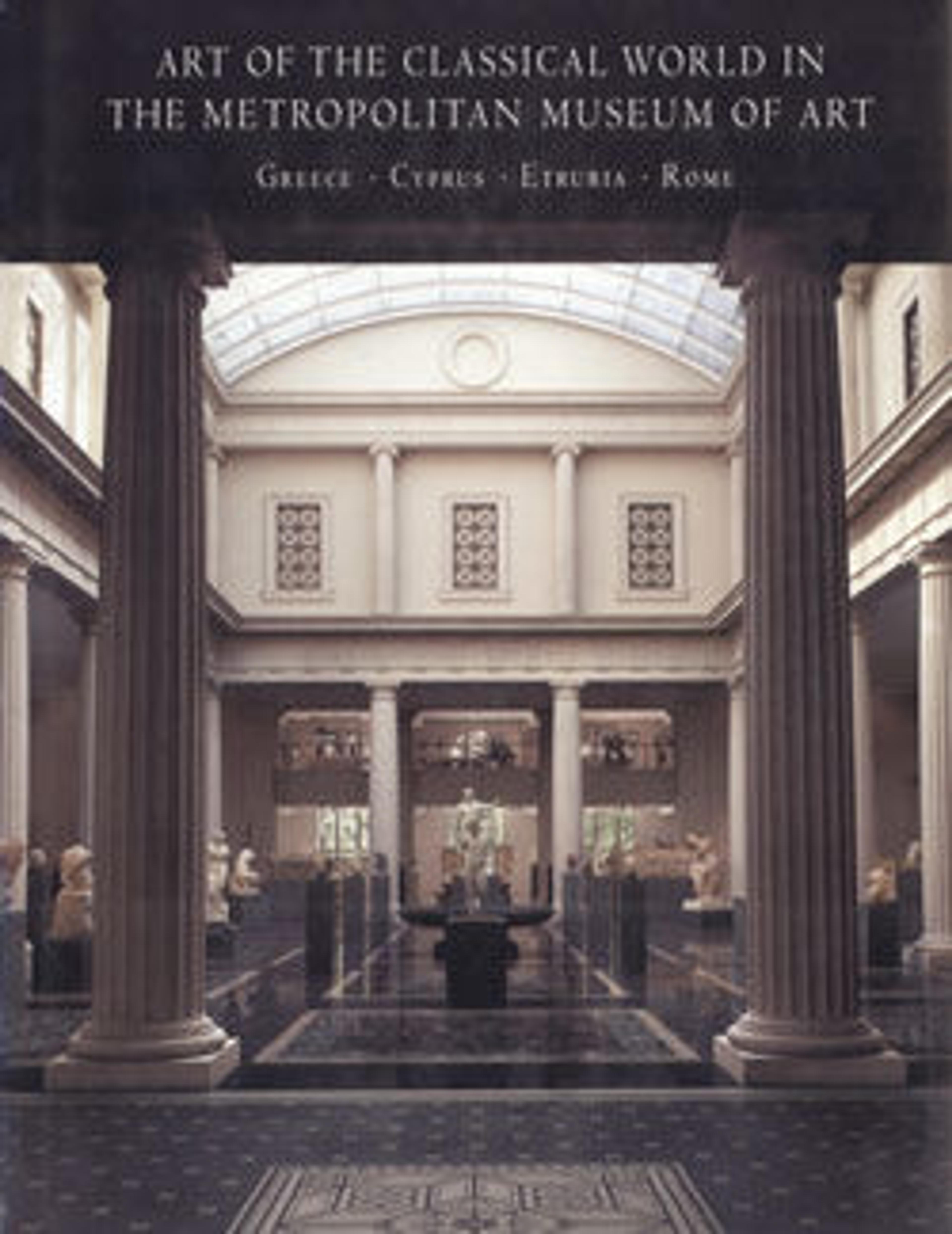Terracotta hydria (water jar)
Obverse, a lion and a leopard felling a bull
Reverse, two horsemen
This jar belongs to a small group of distinctive hydriae found in Etruria that are believed to have been produced by East Greek craftsmen who had emigrated to Caere, an Etruscan city on the Italian coast, north of Rome. Here, two felines attacking a bull are surrounded by beautifully drawn ivy wreaths.
Reverse, two horsemen
This jar belongs to a small group of distinctive hydriae found in Etruria that are believed to have been produced by East Greek craftsmen who had emigrated to Caere, an Etruscan city on the Italian coast, north of Rome. Here, two felines attacking a bull are surrounded by beautifully drawn ivy wreaths.
Artwork Details
- Title: Terracotta hydria (water jar)
- Artist: Attributed to the Eagle Painter
- Period: Archaic
- Date: ca. 520–510 BCE
- Culture: Greek, Caeretan
- Medium: Terracotta; black-figure
- Dimensions: H. 16 3/4 in. (42.5 cm)
diameter of body 12 15/16 in. (32.8 cm)
diameter of lip 7 3/8 in. (18.8 cm)
diameter of foot 7 1/16 in. (18 cm)
width with handles 14 15/16 in. (38 cm) - Classification: Vases
- Credit Line: Fletcher Fund, 1964
- Object Number: 64.11.1
- Curatorial Department: Greek and Roman Art
More Artwork
Research Resources
The Met provides unparalleled resources for research and welcomes an international community of students and scholars. The Met's Open Access API is where creators and researchers can connect to the The Met collection. Open Access data and public domain images are available for unrestricted commercial and noncommercial use without permission or fee.
To request images under copyright and other restrictions, please use this Image Request form.
Feedback
We continue to research and examine historical and cultural context for objects in The Met collection. If you have comments or questions about this object record, please complete and submit this form. The Museum looks forward to receiving your comments.
